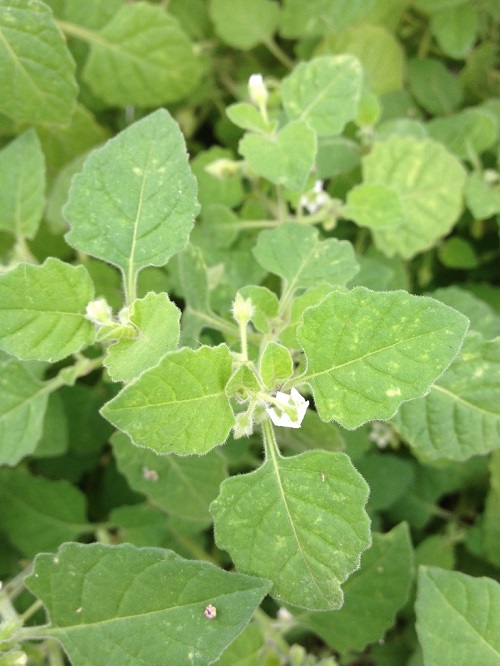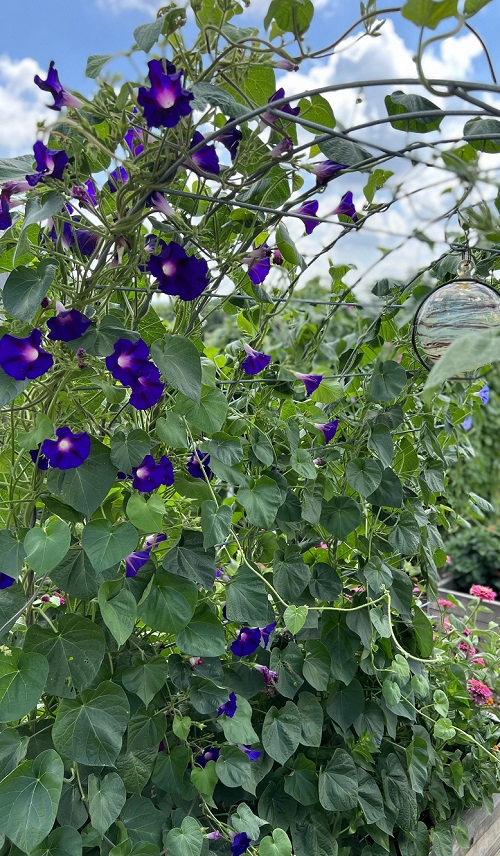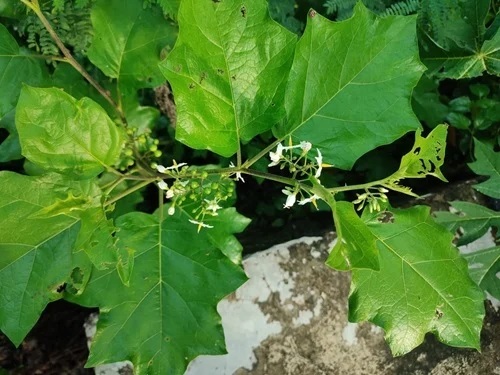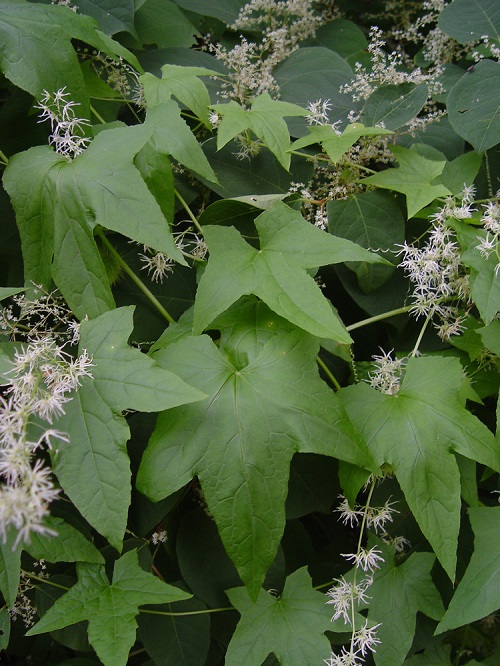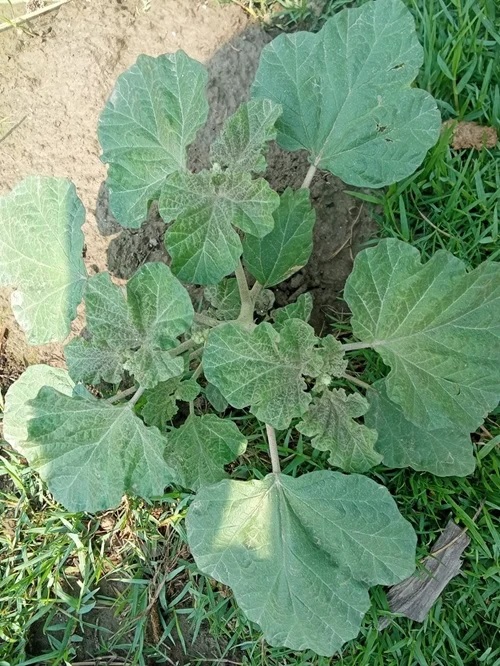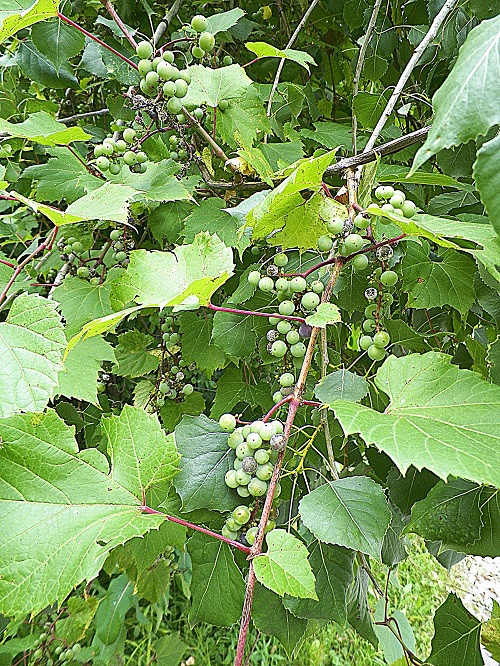Tired of mistaking notorious weeds for squash plants? Read this list of Weeds That Look Like Squash Plant and pick them out easily!
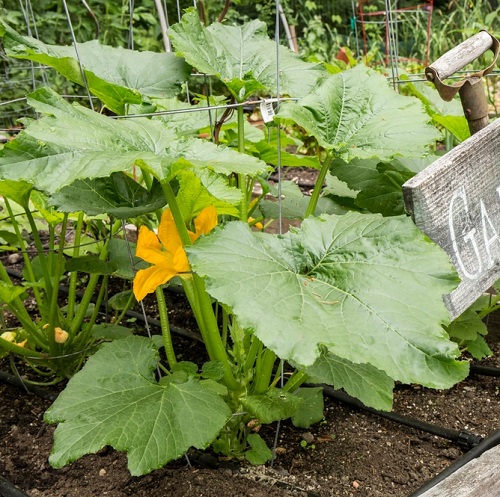
As you nurture a vegetable garden, keep an eye out for weeds that look like squash plant. These deceptive plants can easily sneak into your squash patch and compete for nutrients, thereby hampering their growth. That’s why you must read this article to identify them from the squash plants.
Weeds That Look Like Squash Plant
1. Velvetleaf
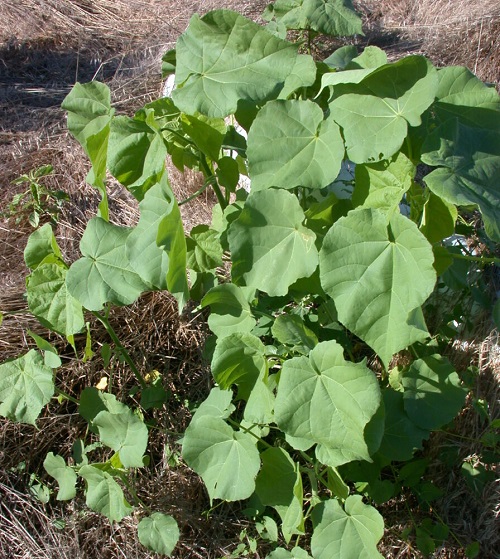
Botanical Name – Abutilon theophrasti
Velvetleaf is a common agricultural weed that can be easily mistaken for squash due to its heart-shaped, soft, velvety foliage. This orange-yellow flowering weed is a major problem in corn and soybean fields of eastern and midwestern U.S.
2. Common Lambsquarters
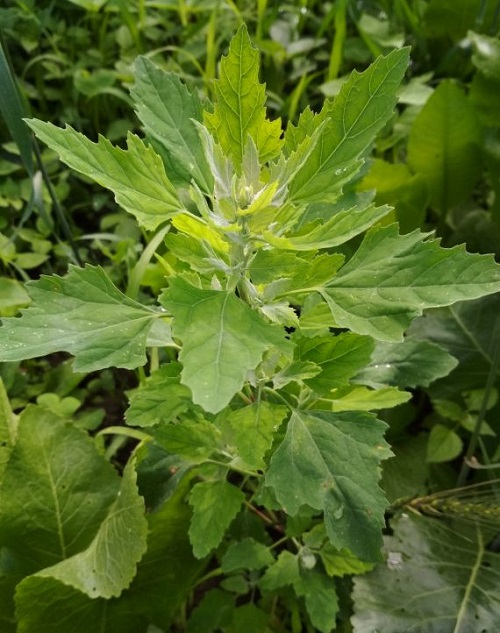
Botanical Name – Chenopodium album
Common lambsquarters feature goose foot-shaped leaves with a broad base and a white mealy coating, resembling squash plants. It’s an aggressive garden plant that can grow 4-6 feet tall if left unchecked.
3. Ground Cherry
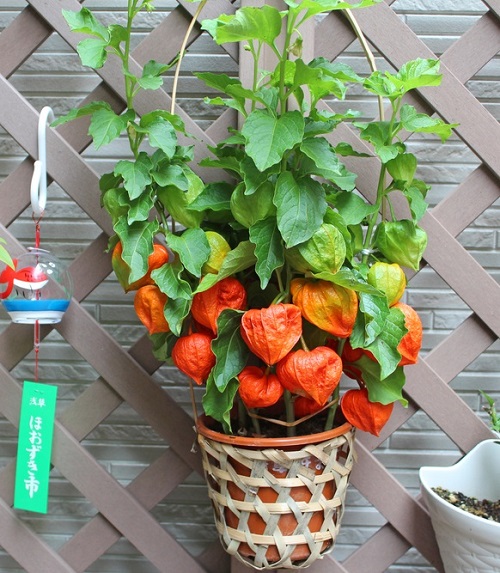
Botanical Name – Physalis spp.
Ground cherry stands out with its unique lantern-like papery husks encasing small, edible fruits. Its heart-shaped leaves and low-growing habit give it the appearance of a young squash plant.
4. Hairy Nightshade
Botanical Name – Solanum sarrachoides
Hairy nightshade can be easily confused with squash because of its heart-shaped leaves. However, unlike squash, it produces star-shaped flowers and hairy foliage. This weed often competes with vegetable plants in gardens.
5. Jimsonweed
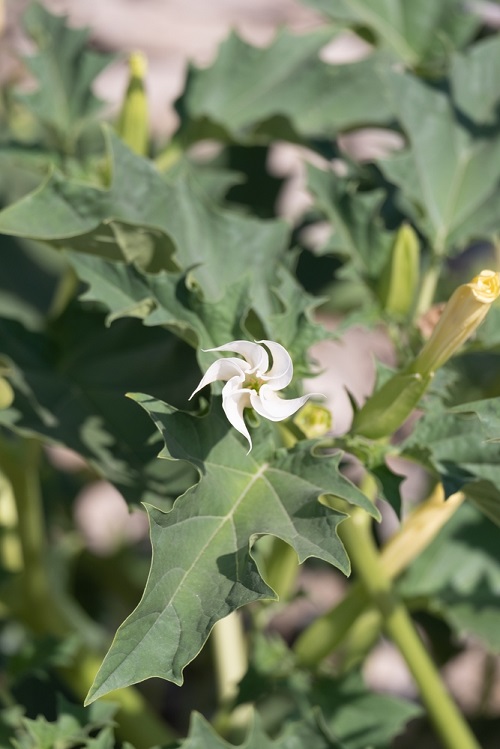
Botanical Name – Datura stramonium
Jimsonweed or Datura looks a lot like the squash plant due to its large, broad, lobed leaves and sturdy stems. Unlike squash, the foliage and seeds of this weed are poisonous to humans.
6. Coastal Manroot
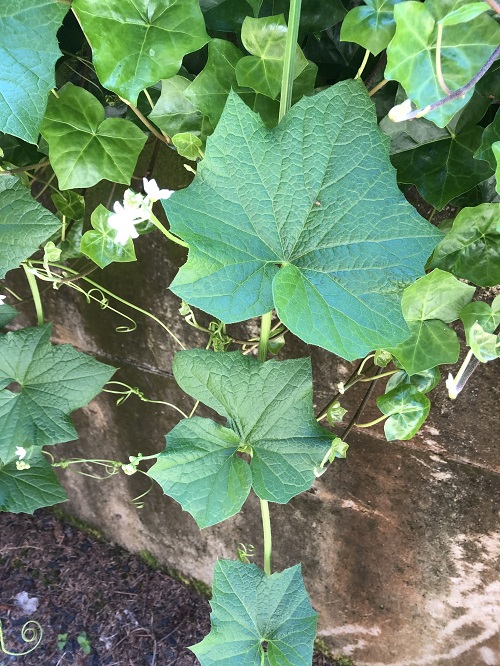
Botanical Name – Marah oreganus
Coastal manroot, also known as wild cucumber, mimics squash plants with large, lobed cordate leaves. The sparsely to densely covered, bladder-like fruits and tiny white blooms are the distinguishing features of this plant.
7. Morning Glory
Botanical Name – Ipomoea spp.
With the heart-shaped leaves and trumpet-like flowers, morning glories can be misidentified as squash plants. This fast-growing vine is often found twining around other plants and structures.
8. Buffalo Bur
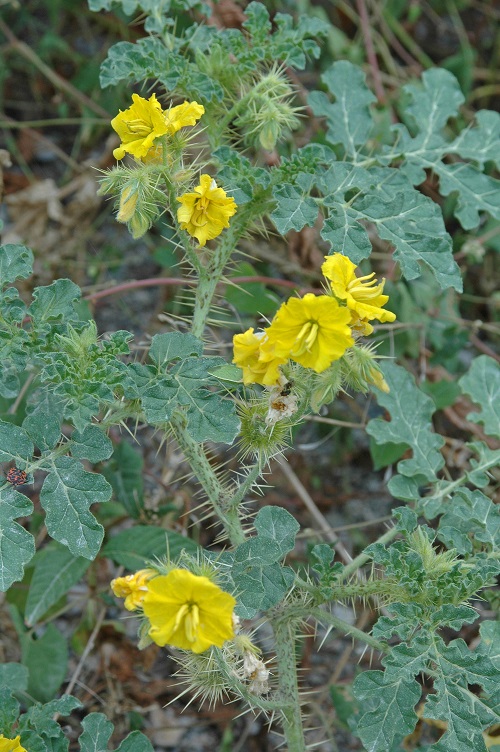
Botanical Name – Solanum rostratum
Buffalo bur looks identical to some squash varieties because of its lobed foliage with prickly stems. This aggressive weed is common in disturbed areas and pastures.
9. Bur Cucumber
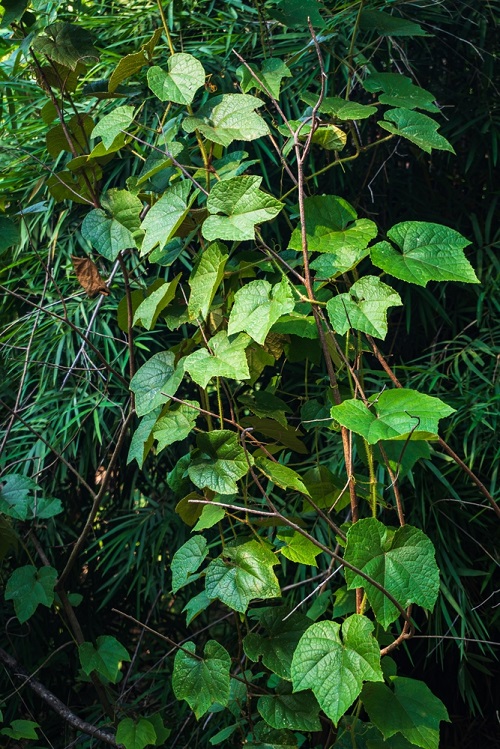
Botanical Name – Sicyos angulatus
Bur cucumber is known for its sprawling growth, tendrils, and squash-like lobed leaves. It produces small, cucumber-like prickly fruits and whitish to light green flowers.
10. Black Nightshade
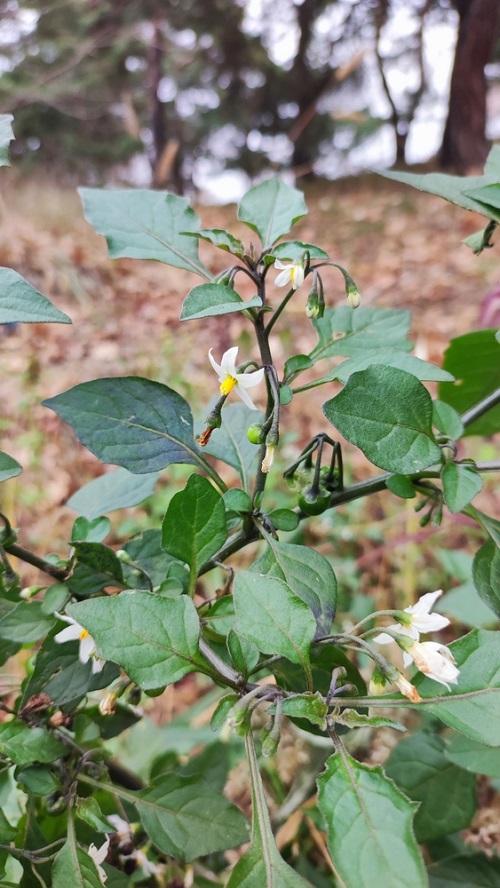
Botanical Name – Solanum nigrum
Solanum nigrum shares some visual similarities with young squash plants in terms of leaf shape and growth pattern. However, this plant is easily distinguished by its small, white flowers and clusters of black berries.
11. Carolina Horsenettle
Botanical Name – Solanum carolinense
Carolina horsenettle bears a striking resemblance to squash plants with its broad, lobed leaves but stands out with star-shaped blooms. This weed loves to bask in full sun and prefers sandy or loamy soil.
12. Wild Cucumber
Botanical Name – Echinocystis lobata
Wild cucumber is another weed that can sometimes be mistaken for squash plants due to its broad, triangular foliage. This weed is frequent around streambeds, swamps, and thickets.
13. Cocklebur
Botanical Name – Xanthium strumarium
Xanthium strumarium, or common cocklebur, looks like a squash plant with its large, heart-like (cordate) leaves. This North and South America native plant is highly poisonous to humans.
14. Giant Ragweed
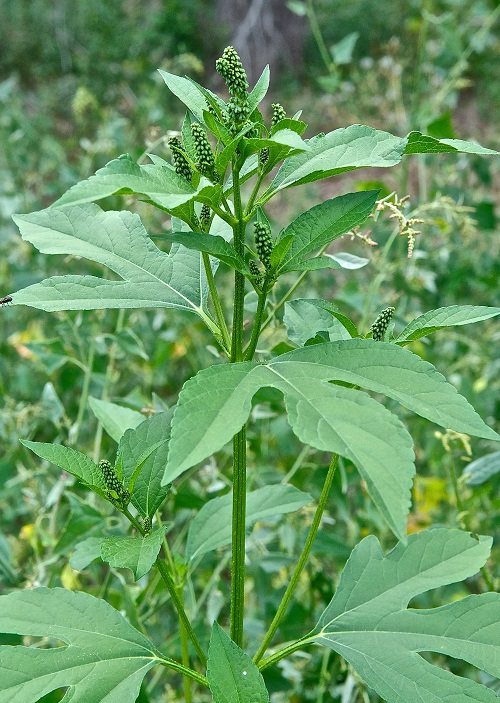
Botanical Name – Ambrosia trifida
Gardeners often confuse giant ragweed with squash plants because of its deeply lobed leaves. This weed is notorious for producing large amounts of hayfever-causing pollen, therefore, remove it immediately.
15. Wild Grapes
Botanical Name – Vitis spp.
Wild grapes look similar to squash due to their vining habit and broad, lobed leaves. These vines produce clusters of small grapes and green-white flowers.


